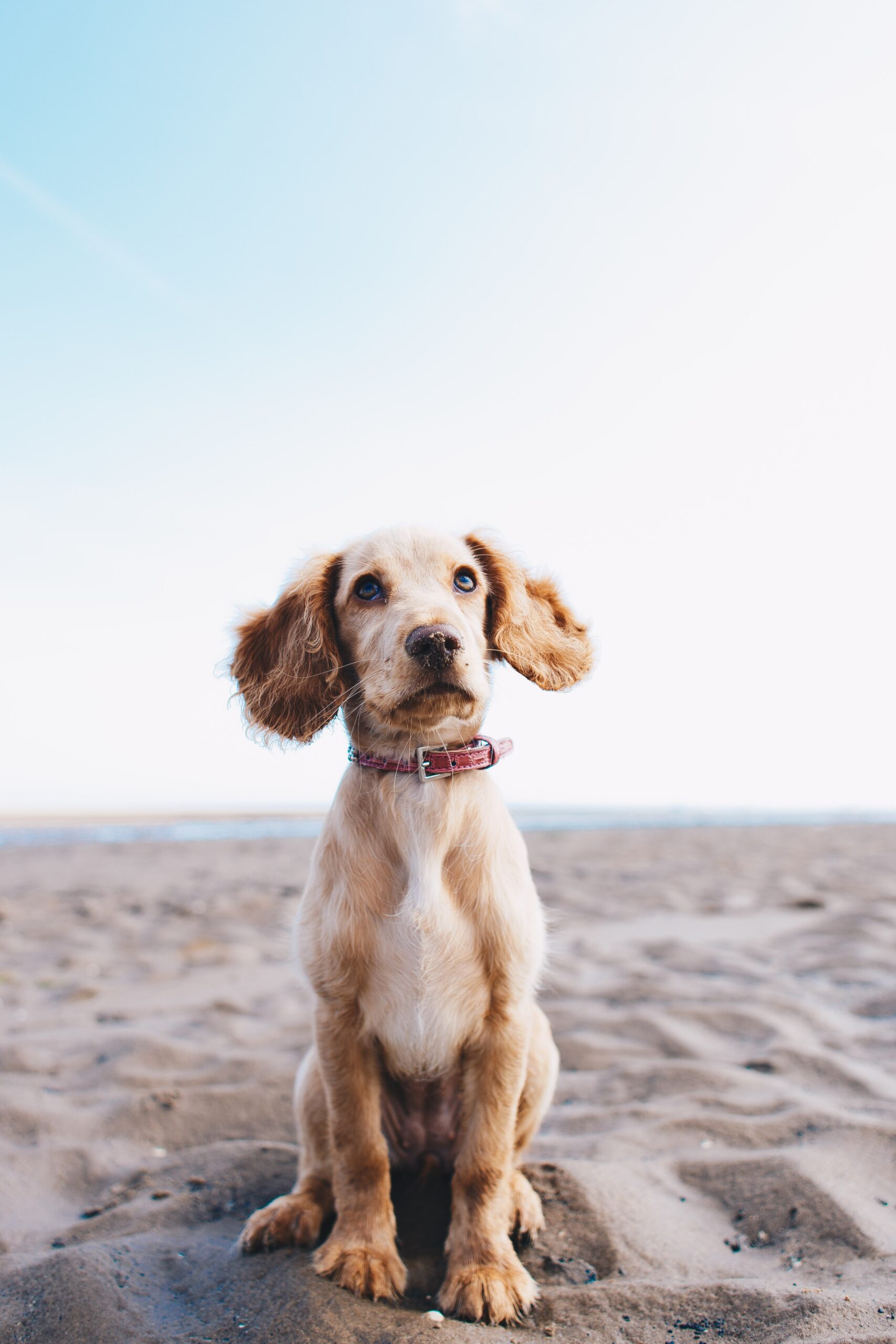If you’ve ever wondered about the best way to groom your furry friend at home, look no further! In this article, we’ll explore simple and effective tips to keep your dog looking and feeling his best. From brushing and bathing to trimming nails and cleaning ears, you’ll learn all the essential steps to make grooming a breeze. So get ready to pamper your pup and create a relaxing spa experience right in your own home!
Grooming Equipment
Grooming your dog at home can be a fun and rewarding experience for both you and your furry friend. To ensure that you have everything you need, it’s important to have the right grooming equipment. Here are some essential tools that you should have in your grooming kit:
Brushes and Combs
Choosing the right brush and comb for your dog’s coat is crucial in maintaining their coat’s health and appearance. There are different types of brushes and combs available, each designed for specific coat types. For example, dogs with short coats may benefit from a bristle brush, while dogs with long, flowing hair may require a slicker brush to remove tangles and matting. Be sure to select a brush and comb that suits your dog’s unique coat.
Nail Clippers
Keeping your dog’s nails trimmed is essential for their overall comfort and health. Long nails can be painful for your dog and may even lead to joint issues if left unattended. Invest in a pair of high-quality nail clippers designed specifically for dogs. There are various types available, including guillotine-style and scissor-style clippers. Choose the one that you find most comfortable to use and ensure that the blades are sharp to prevent splintering or crushing the nails.
Ear Cleaner
Your dog’s ears can be a breeding ground for bacteria and yeast if not properly cleaned and maintained. Regular cleaning helps prevent infections and discomfort. Look for an ear cleaner specifically designed for dogs, as human products can be too harsh for their sensitive ears. Be sure to follow the instructions and use a gentle hand while cleaning your dog’s ears.
Dog Shampoo
Bathing your dog is an important part of their grooming routine. Using a dog-specific shampoo helps maintain their coat’s health and cleanliness without disrupting the natural balance of oils. Look for a shampoo that suits your dog’s needs, whether it’s for sensitive skin, flea and tick control, or to enhance the shine of their coat. Avoid using human shampoos as they can irritate your dog’s skin.
Towels
Having a stack of absorbent towels on hand is crucial during bath time. Choose towels that are soft and large enough to dry your dog comfortably. It’s a good idea to have a few on hand in case your dog gets wet or has a tendency to shake off excess water during the drying process.
Grooming Table
A grooming table provides a stable and elevated surface for you to groom your dog. It helps prevent strain on your back and allows for easier access to your dog’s coat and nails. While not necessary, a grooming table can greatly simplify the grooming process, especially for dogs that may have difficulty standing for extended periods.
Hair Dryer
Drying your dog’s coat thoroughly after a bath is important to prevent skin infections and discomfort. While some dogs may air dry quickly, others may require the use of a hairdryer. Look for a pet-specific dryer that has adjustable settings and a low-noise level to ensure your dog feels comfortable during the drying process.
Now that you have a comprehensive list of the essential grooming equipment, let’s move on to the specific techniques and tips for each grooming task.

Brushing Your Dog
Regular brushing is an essential part of maintaining your dog’s coat health and keeping them looking their best. Here’s a step-by-step guide to brushing your dog effectively:
Choosing the Right Brush
Choosing the right brush for your dog is crucial in preventing discomfort and achieving optimal results. There are several types of brushes available, including slicker brushes, pin brushes, bristle brushes, and rake brushes. The type of brush you choose should depend on your dog’s coat type and length. Consult a professional groomer or your veterinarian for guidance on the best brush for your dog.
Preparing Your Dog
Before starting the brushing process, make sure your dog is calm and relaxed. Create a comfortable and safe environment by choosing a quiet space free from distractions. Offer treats or rewards to make the experience positive for your dog. If your dog has long hair, consider gently detangling any mats or knots before brushing.
Brushing Techniques
When brushing, start at your dog’s head and gradually work your way down to their tail. Use gentle, but firm, strokes to remove loose hair and debris. Pay special attention to areas prone to tangles, such as behind the ears and under the armpits. Brush in the direction of hair growth, as brushing against it can be uncomfortable for your dog. Take your time and ensure that you’re not pulling or tugging on your dog’s coat.
Dealing with Tangles and Mats
If you encounter tangles or mats while brushing, be patient and tackle them gently. Use your fingers or a comb to loosen the tangle and then proceed to brush through it. For severe mats that cannot be resolved through brushing, consider consulting a professional groomer, as they have the necessary tools and expertise to safely remove mats without causing discomfort to your dog.
By following these brushing techniques and tips, you can keep your dog’s coat healthy, shiny, and free from tangles and mats.





